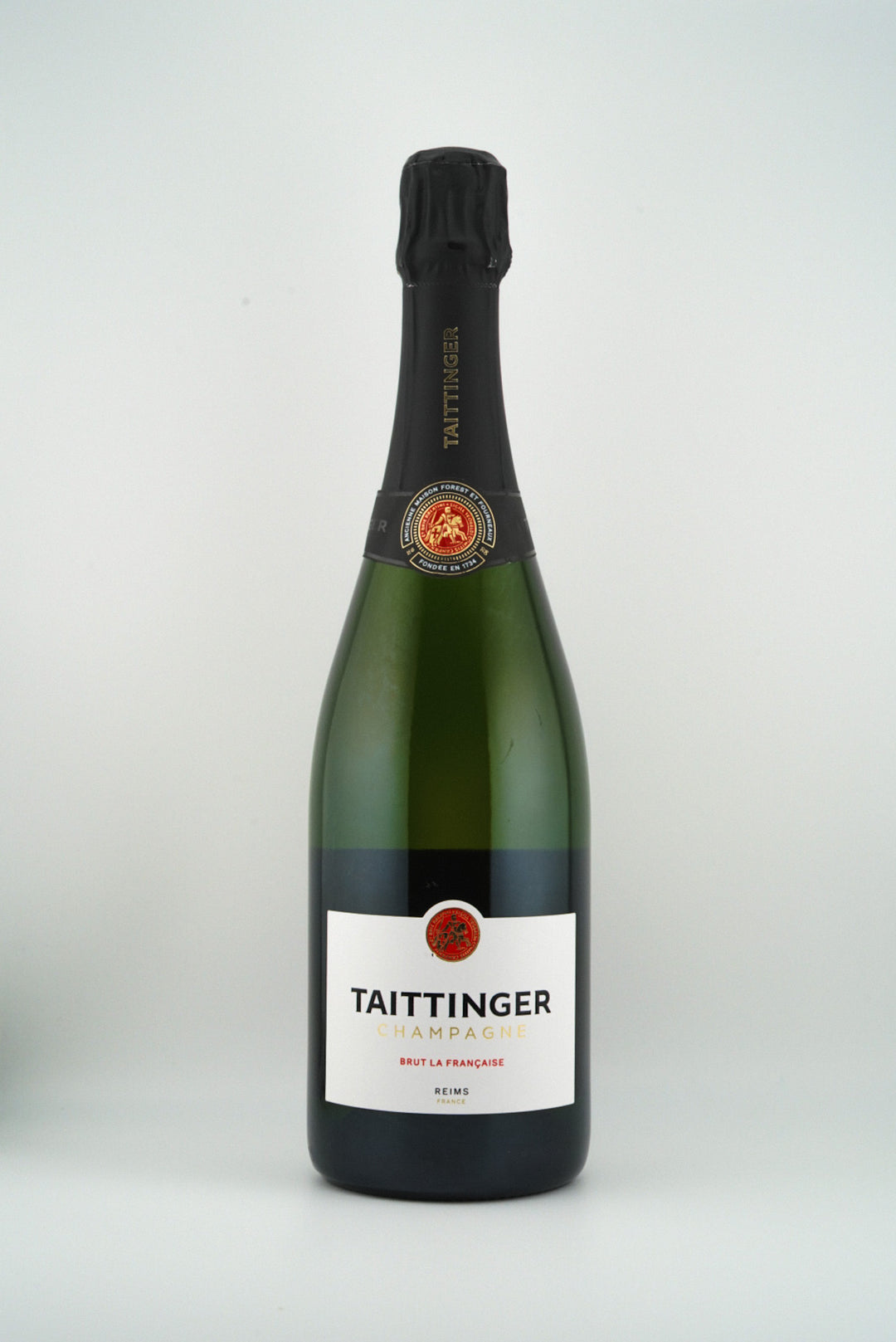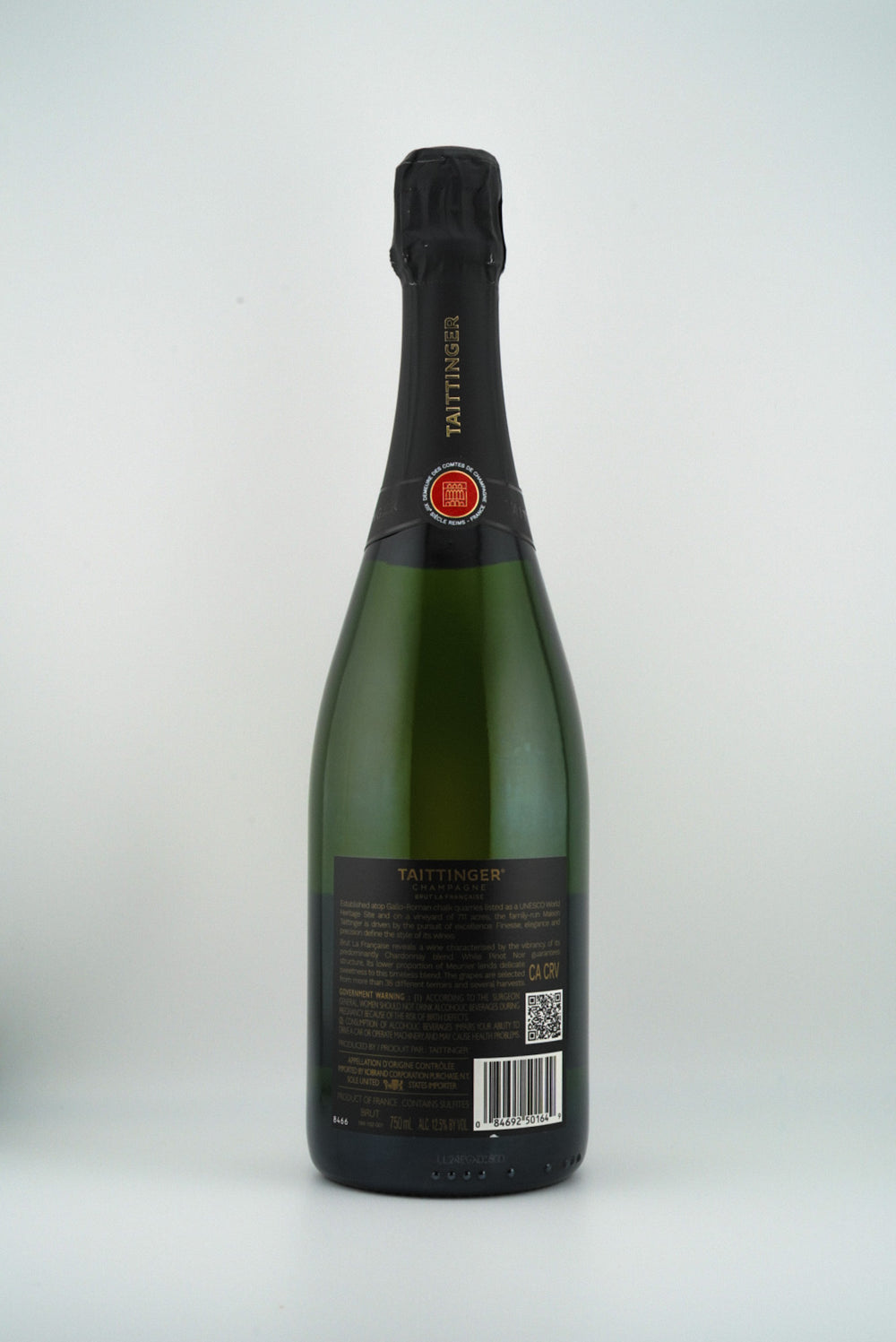Grandes Marques vs. Grower Champagne
In the world of Champagne, you’ll often hear two terms: Grandes Marques and grower Champagne. Grandes Marques (“great brands”) are the historic houses that built Champagne’s international reputation—producers like Moët & Chandon, Veuve Clicquot, Bollinger, and of course, Taittinger. These estates buy grapes from across the region, blending many crus to create a consistent house style that customers can recognize vintage after vintage.
By contrast, grower Champagnes (récoltant-manipulant) are made by vignerons farming their own vineyards, often bottling wines that express a single village or parcel. They tend to be more artisanal, terroir-driven, and unique to each year’s harvest.
Both styles have their place. Growers show off Champagne’s diversity and intimacy, while the Grandes Marques offer scale, continuity, and global prestige. Taittinger is a perfect example of why Grandes Marques remain essential to Champagne’s story: they combine heritage, artistry, and broad appeal in bottles that consistently overdeliver.
The History of Taittinger
The story of Taittinger begins in 1734, when Jacques Fourneaux founded one of the earliest Champagne wine merchants in Reims. After centuries of growth, the estate was acquired by Pierre Taittinger in 1932, who saw its potential for greatness. Pierre’s vision was clear: highlight Chardonnay to bring elegance, freshness, and finesse to Champagne at a time when Pinot Noir was dominant.
Under his guidance and later through his son Claude and the Taittinger family, the house grew into one of Champagne’s most respected names. Today, Taittinger owns over 280 hectares of vineyards, much of them Premier Cru and Grand Cru, making it one of the largest estate holdings in Champagne. This extensive vineyard ownership gives them control over quality while still sourcing additional fruit to maintain their signature style.
A House Style Centered on Elegance
Taittinger is known for producing one of the most Chardonnay-forward non-vintage Champagnes among the Grandes Marques. Their flagship bottling, Taittinger Brut La Française NV, is typically composed of about 40% Chardonnay, blended with Pinot Noir and Meunier from roughly 35 crus. It spends three to four years aging on the lees, well beyond the legal minimum, which adds depth, texture, and delicate brioche notes.
The style is unmistakable: fresh citrus, orchard fruit, white flowers, and subtle brioche. Compared to some houses with a richer, more Pinot-driven profile, Taittinger’s Champagnes are lighter on their feet, refined, and especially food-friendly. This emphasis on finesse has made them beloved by sommeliers, collectors, and casual drinkers alike.
Why Taittinger Matters Today
In a Champagne world increasingly focused on small grower labels, Taittinger remains vital as a Grand Marque because it continues to embody consistency and classicism while also innovating. The house is family-owned (a rarity among Grandes Marques), and they’ve doubled down on sustainable viticulture, converting large parts of their vineyards to organic farming. Their prestige cuvée, Comtes de Champagne Blanc de Blancs, is one of the region’s benchmark luxury wines, showcasing the brilliance of Chardonnay from Grand Cru villages.
At Harvest Wine Shop San Diego, we feature Taittinger alongside artisanal growers because we believe Champagne lovers should experience both sides of this story: the heritage and timeless style of a Grand Marque like Taittinger, and the edgy individuality of a small grower. Each offers a different window into what makes Champagne the world’s most celebrated sparkling wine.









